Undeservedly forgotten, but no less useful and tasty goat mushrooms are found in almost every forest. Not every mushroom picker knows about their valuable properties and unpretentiousness to cooking conditions. But these representatives of the mycological kingdom are practically in no way inferior to their relatives in oils and have a very "mushroom", attractive appearance.
Content
Characteristic features of the variety
Suillus bovinus is a species from the Maslenkov family, known as the goat, or trellis. The first name is associated with the place of growth - very often representatives of this species are found in large numbers in the meadows where livestock are grazed. By the second name, they are obliged to the structure of the lower side of the cap: there is a tubular layer of a tan hymenophore where spores form.
These mushrooms are small, often growing in compact groups, preferring pine forests. They have a mild fruity aroma, which indicates the rich chemical composition of the pulp.
The colors of the hat are noticeable - from yellowish and beige to brown, sometimes with a red or reddish tint. A tasty and common goat is very susceptible to infection by pests, so you should carefully inspect each instance so as not to get on the worm.
Description and appearance of mushroom goats
In the photo below you can see how the kids look. Distinctive features can be considered:
- small, hat up to 10 cm in diameter;
- the yellowish-brown hat is convex up to the cushion-shaped hat; as the mushroom ages, it changes shape to a flat one;
- in dry weather, the hat is shiny and smooth to the touch, in wet it becomes mucous;
- the flesh is pale yellow, dense, without the usual mushroom aroma, tasteless;
- the leg is 5-10 cm in length, usually curved, differs little in color from the cap.
In some places, this mushroom is called swamp, goatskin, and hornet. Powerful antibacterial properties are attributed to him.
Morphology (species differences)
Although many mushroom pickers know what the goats look like, sometimes they are confused with other representatives of Maslenkov. They are very similar in taste, but differ in some features of appearance and useful properties.
The most striking difference is the change in the shape of the hat with age. In addition, the small size and favorite places of growth help to navigate the species affiliation of the fungus. The kids do not have a skirt on the leg, and the skin on the surface of the hat may peel off a little.
The kink pulp becomes pinkish; other representatives of the order of flying mushrooms cannot boast of this. For example, this is what butterfish look, well known to mushroom pickers and often used in cooking.
Habitat
Kozlyak is unpretentious to natural conditions, but needs moisture; therefore, it prefers coniferous moist forests and marshy territories. More often you can find it next to the pines, because mutually beneficial mycorrhiza forms with them. Also sometimes found in deciduous forests. It is widespread in the Leningrad, Pskov, Novgorod regions, but is often found in other areas.Sometimes it is possible to find single copies even very close to the human dwelling.
Edible or inedible
The kids are edible and absolutely safe, although without heat treatment they are usually not eaten. Raw flesh is neutral in taste or slightly sour. After preparation, these properties are preserved.
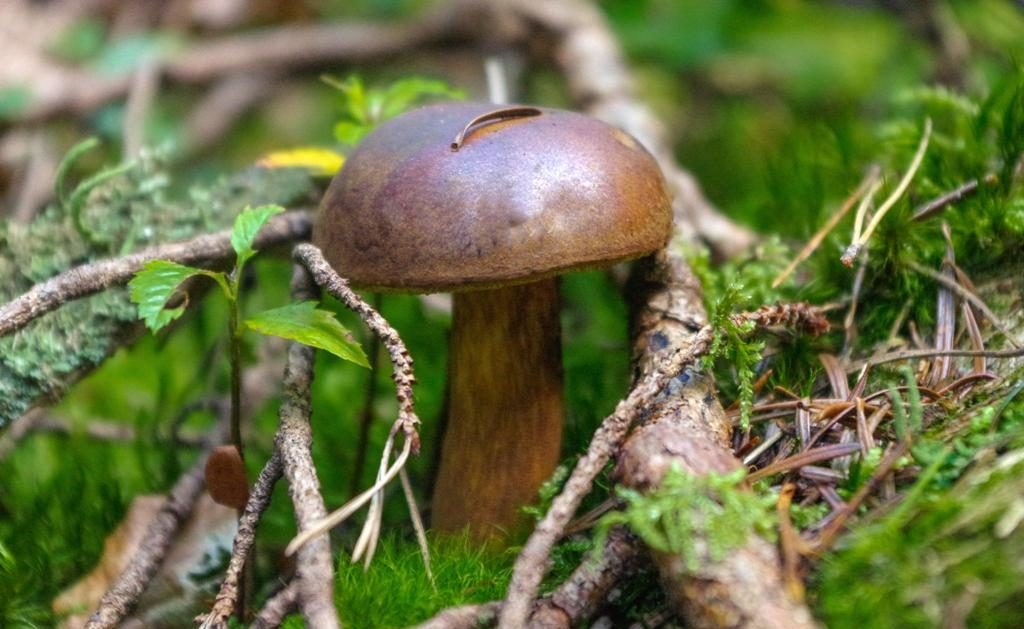
Due to external resemblance to oils and other closely related species, goats sometimes end up in a common basket. Boiled or pickled with different mushrooms, they diversify the finished dish and even give some healing qualities.
Collection rules
It is not difficult to recognize a kid, the probability of confusing it with a poisonous one is small. But there are some rules for recognition and preparation, with which it is important to familiarize yourself with the mushroom picker, who had no previous experience with this species.
When and how to collect?
Little goats appear in the forests starting in July; peak numbers occur in August. Depending on weather conditions, they grow until October, providing a successful hunt in the event that more valuable varieties can not be found in the usual places.
How to distinguish poisonous doubles from edible mushrooms?
Dangerous poisonous counterparts among species similar to goats do not exist. However, they can be confused with mosses, which require a slightly different cooking technique.
They differ in a greenish-brown hat and in most cases grow in a group.
Inedible doubles are presented in the form of a pepper mushroom. It is considered harmless, but has an unusually sharp unpleasant taste. After a long cooking, it can be converted to spice.
You can distinguish from false lattices by a lighter color, without red and brown impurities. In addition, inedible species do not reach large sizes and are more common in deciduous forests, unsuitable for kids.
Useful properties and restrictions for use
Although the goat is not considered a valuable edible mushroom, it is sometimes useful to eat it. The main advantages of the composition is the presence of such chemical compounds as:
- vitamins B1, B2, PP;
- easily digestible amino acids;
- vital element phosphorus;
- immunostimulating substances.
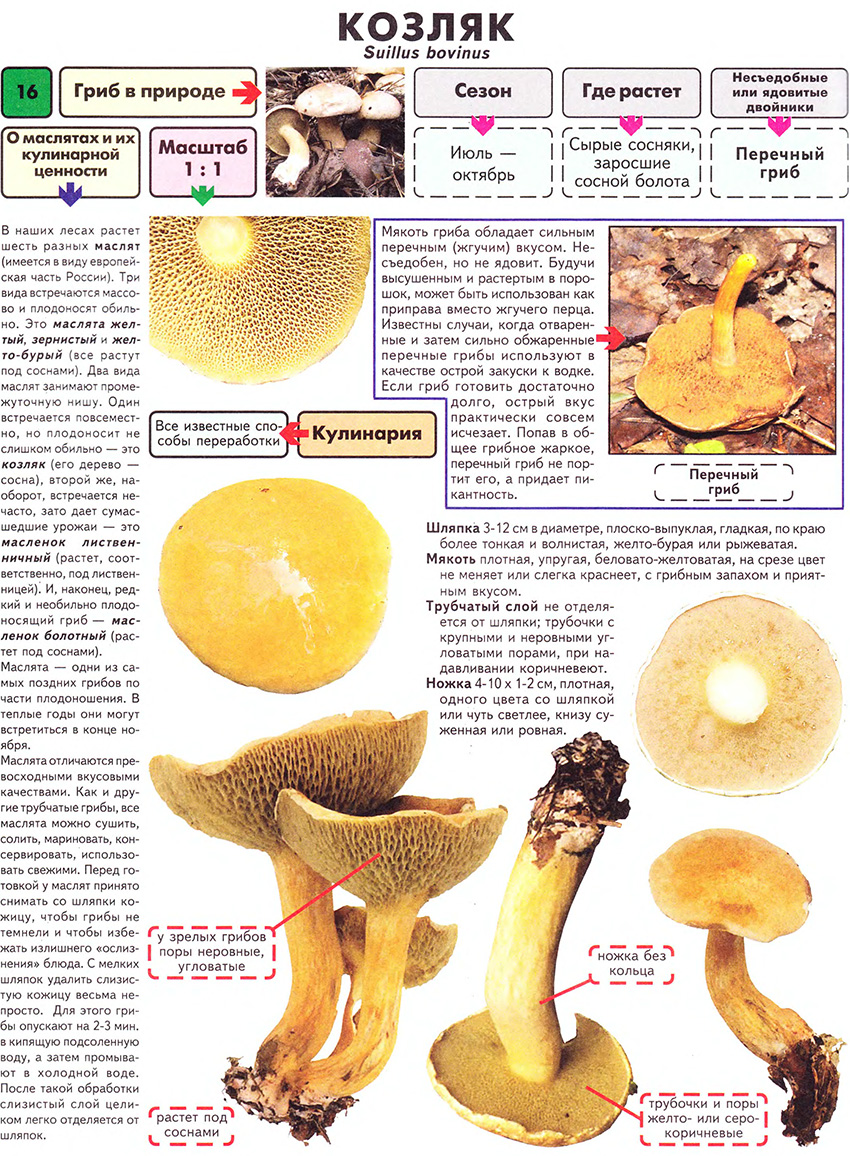
Because the kids strengthen the general condition of the body. Also, they have an antibacterial effect, which is expressed in the ability to withstand inflammatory processes. Contraindicated in children and those who poorly absorb chitin or have serious diseases of the liver and pancreas. It is advisable to limit the use of prisoners in the presence of any diseases of the gastrointestinal tract.
Recipes and cooking features
You can cook goats in various ways and for every taste:
- The kids are cooked for 15 minutes in salted water. This cooking step is used in many recipes as an intermediate to create a unique dish. Before any heat treatment, the fruits are washed, thoroughly cleaned of debris. Good to know!It is better to cut each one lengthwise and check the hat with the leg for worminess, because otherwise the guards will be unusable.
- Mushrooms can simply be dried and then used to flavor soups and gravy. Washed goats need to be thoroughly dried, cut and dried in the sun strung on a thread.It is advisable not to store it in a plastic bag so that mold and all kinds of pests do not start.
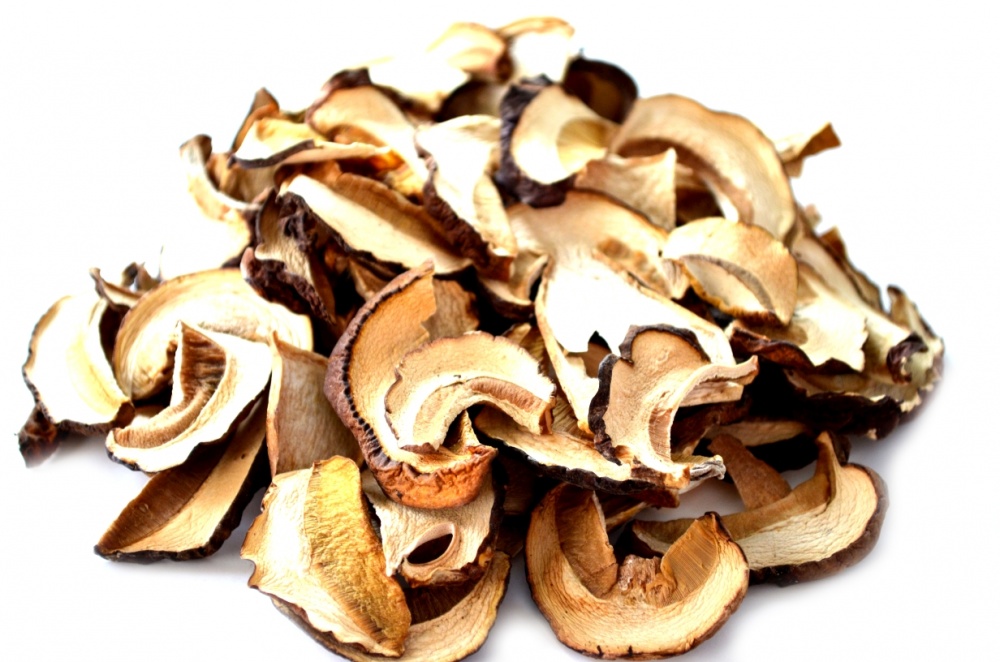
Dried mushrooms - For salting, the kids after half-hour cooking are washed again in water, allowed to drain in a colander. Then they transfer it to another container, add two tablespoons of salt (per kilogram of mushroom raw materials) and garlic, put under the load and wait three days. After that, you can roll up in cans and in a week they will be completely ready.
- Pickling takes place on a similar principle. Diced boiled goats are boiled for five minutes in a marinade of salt, sugar, pepper, cloves, garlic and bay leaf to taste. Later vinegar is added and rolled up for storage. The recipe is designed for 1 kg of fruit, 2-3 tablespoons of spices and acetic acid, herbal ingredients are used with a pinch or piece by piece.
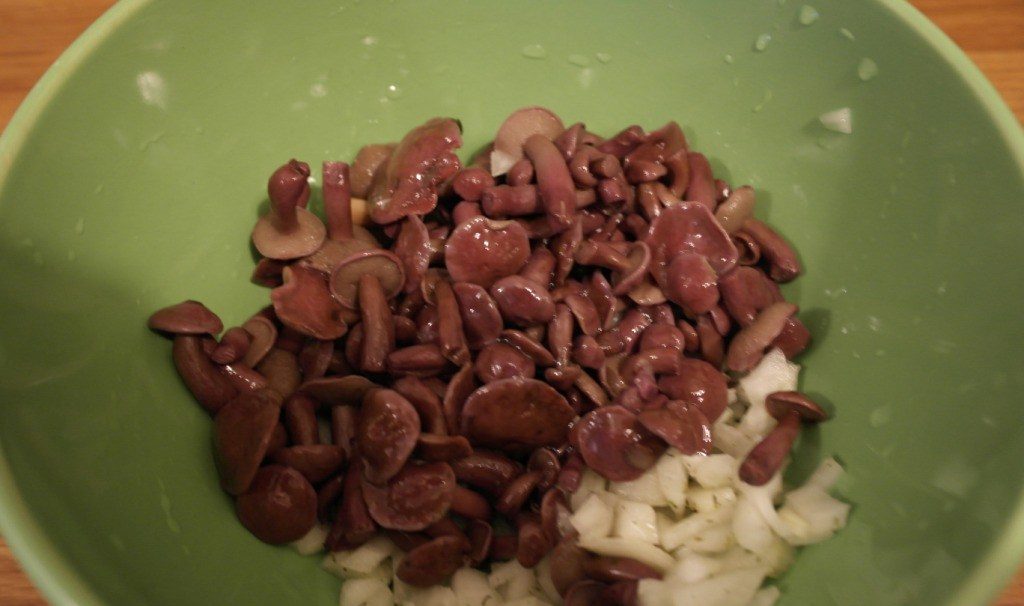
Pickled goats - In addition, the guards have proven themselves fried with onions. For such a dish, it is enough to boil them as usual, fry the onions and stew for about ten minutes all together in a pan.
- Some mushroom pickers freeze goats, but they must be consumed within six months.
Answers to Common Questions
Despite the prevalence of goats, not all mushroom pickers know about them. Several contentious issues confuse beginners and amateurs, causing difficulties in the collection and processing. Here are some common questions:
Do not brush off inconspicuous cute mushrooms. They can be valuable assistants in the difficult task of supporting the immune system, provide the body with useful trace elements and essential amino acids. There are almost no poisonous counterparts for kids, they are easy to find and cook. The lack of a peculiar taste will allow you to successfully combine such mushrooms with a variety of ingredients.

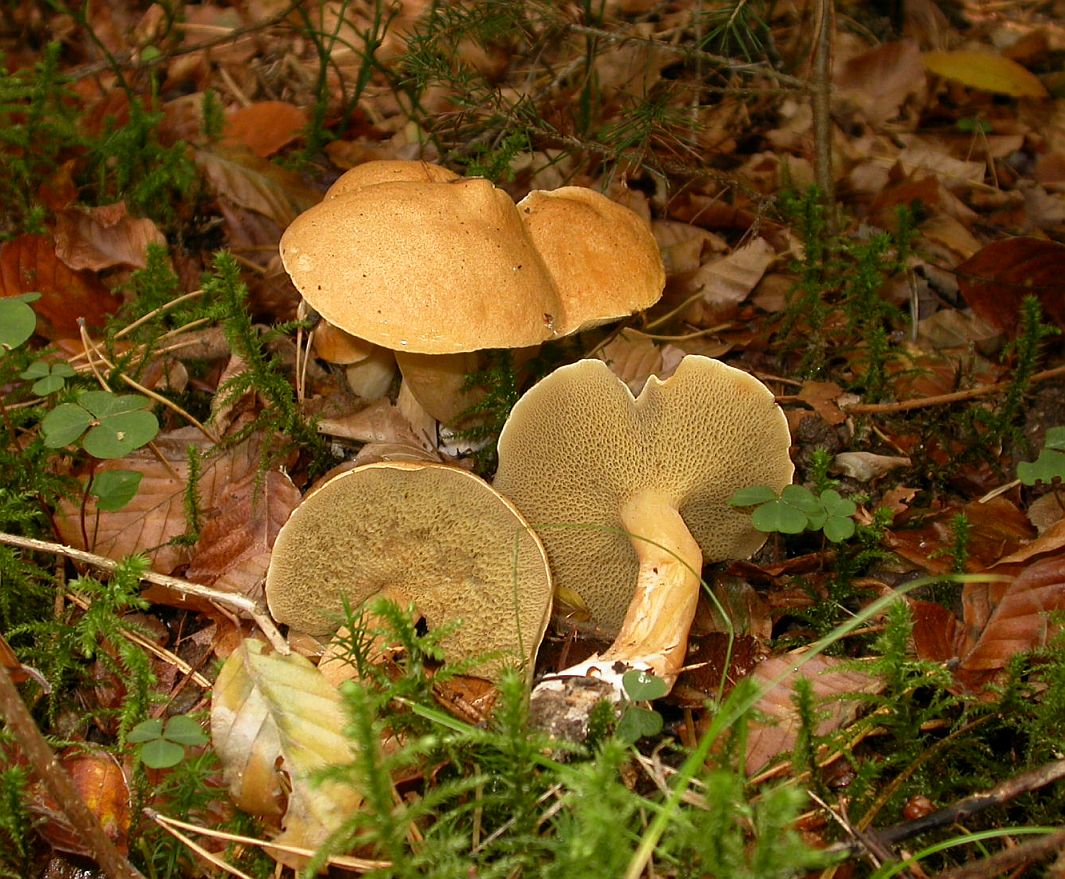
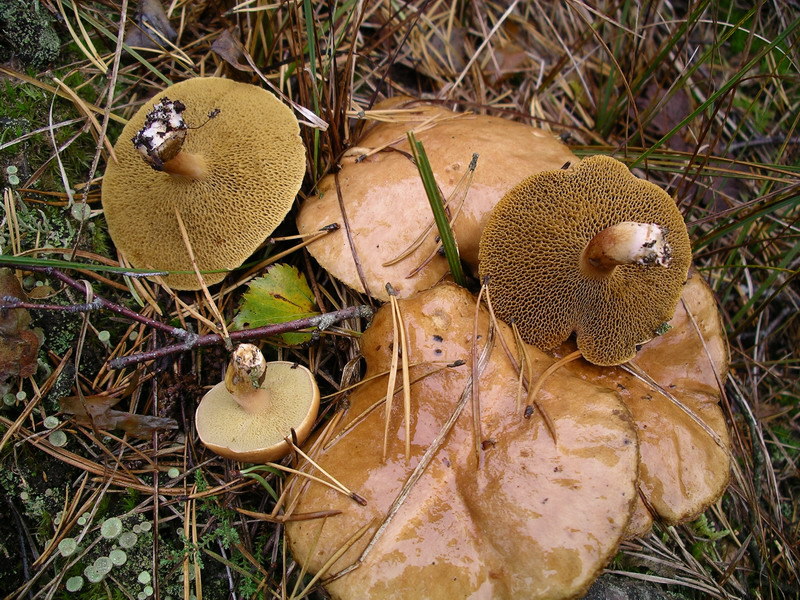
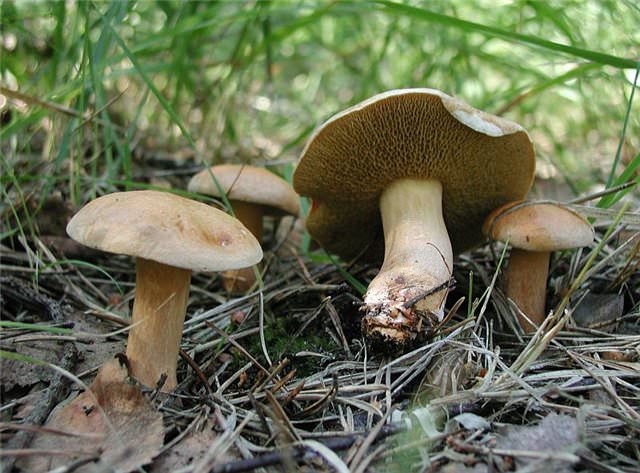
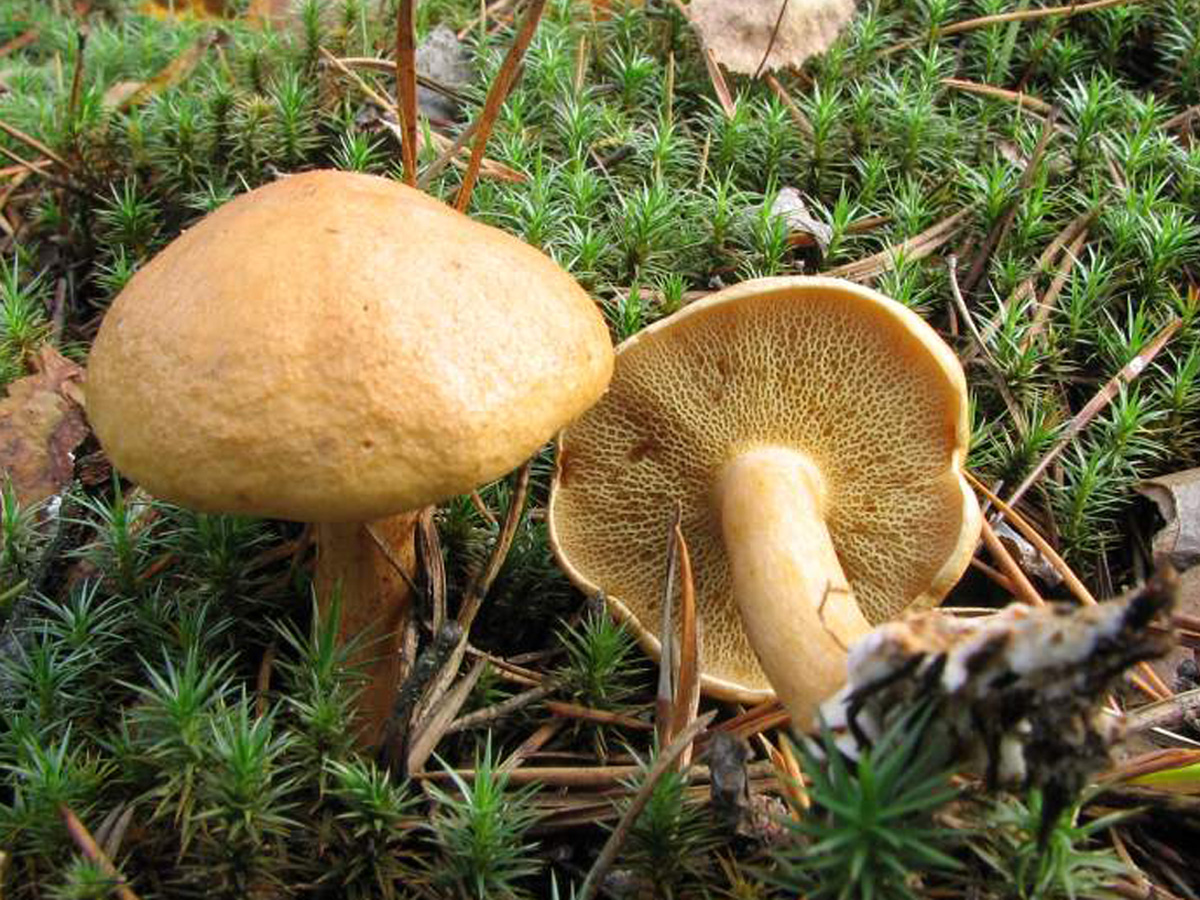

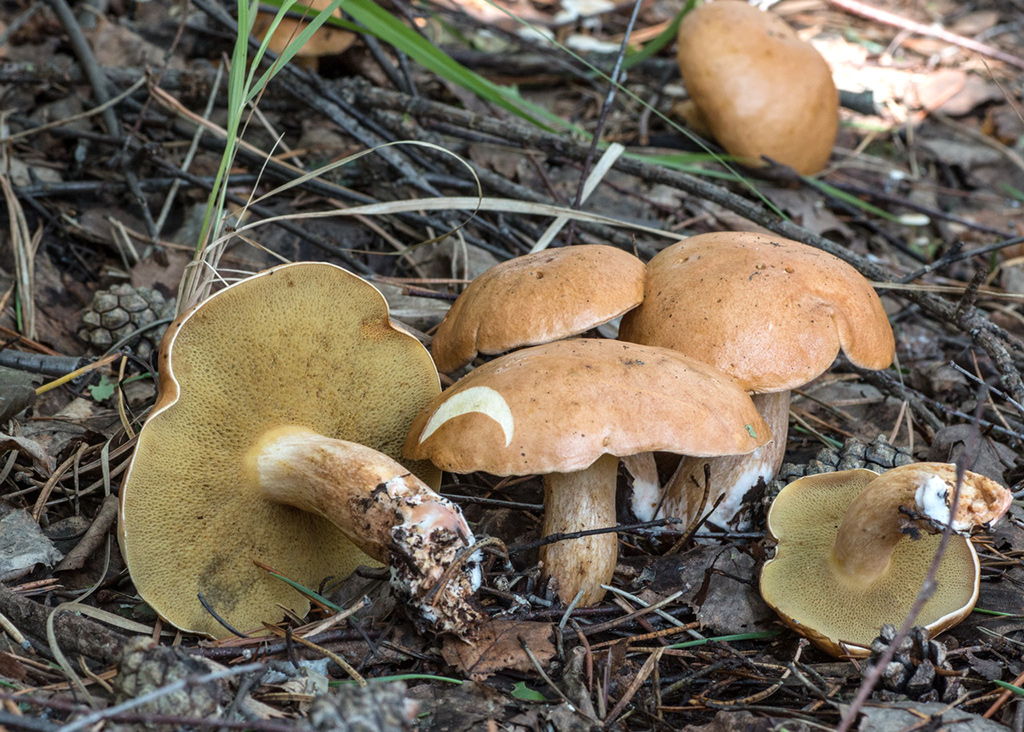
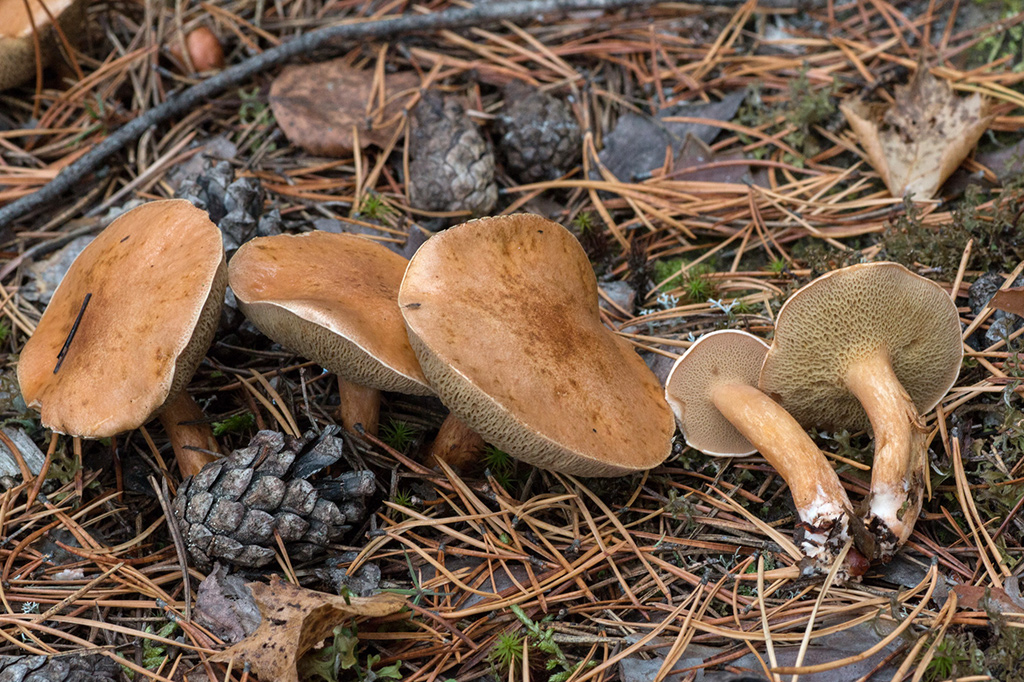
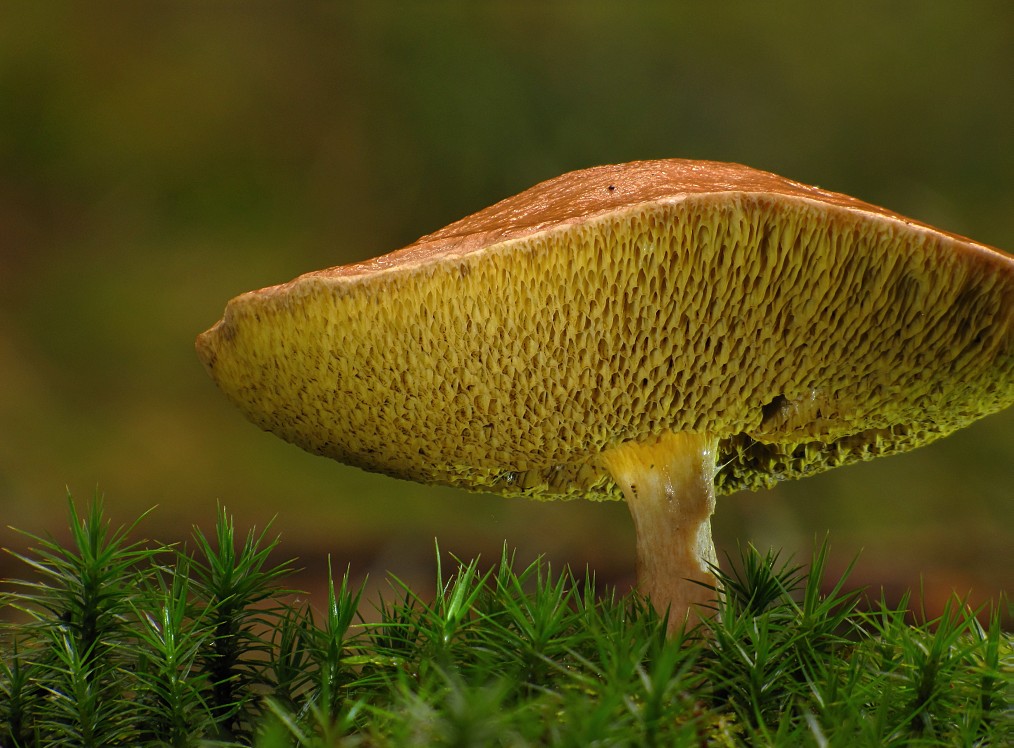
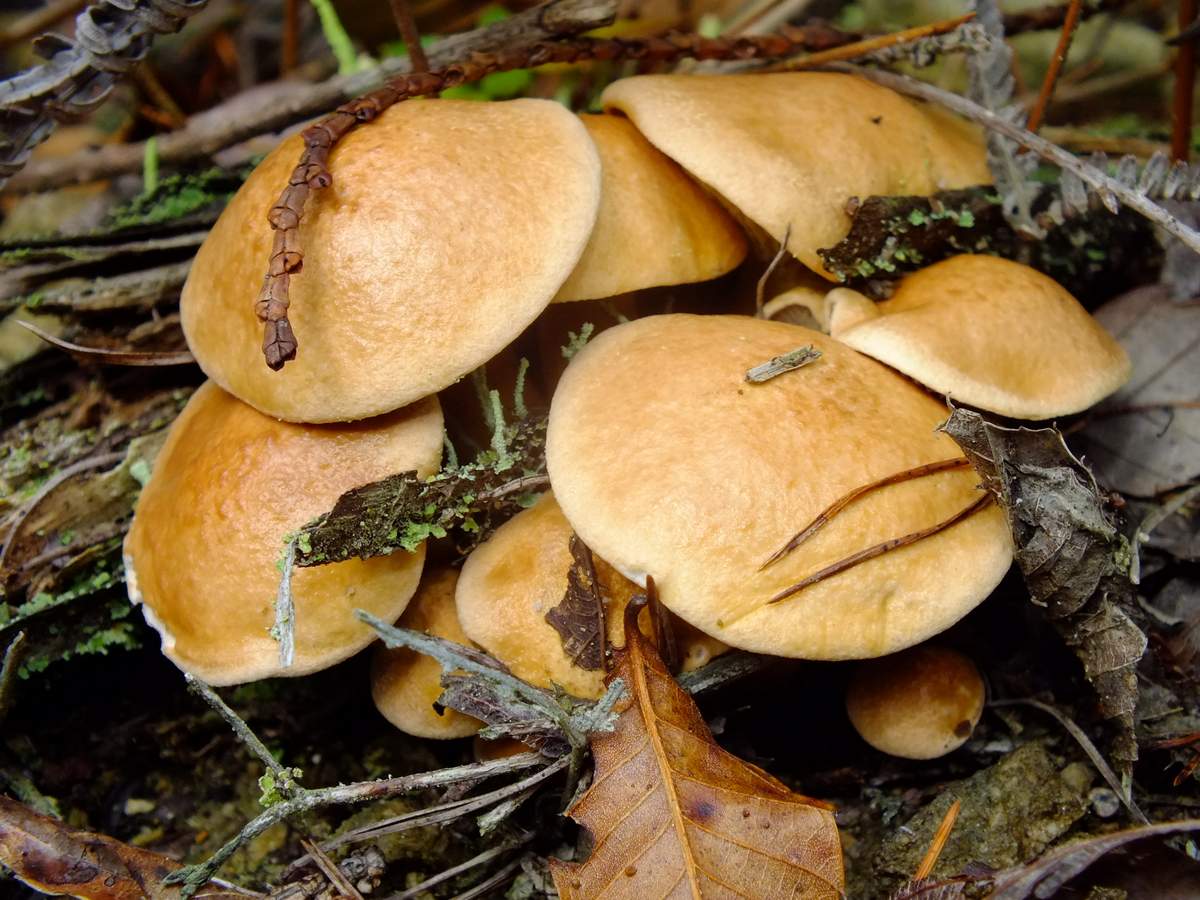
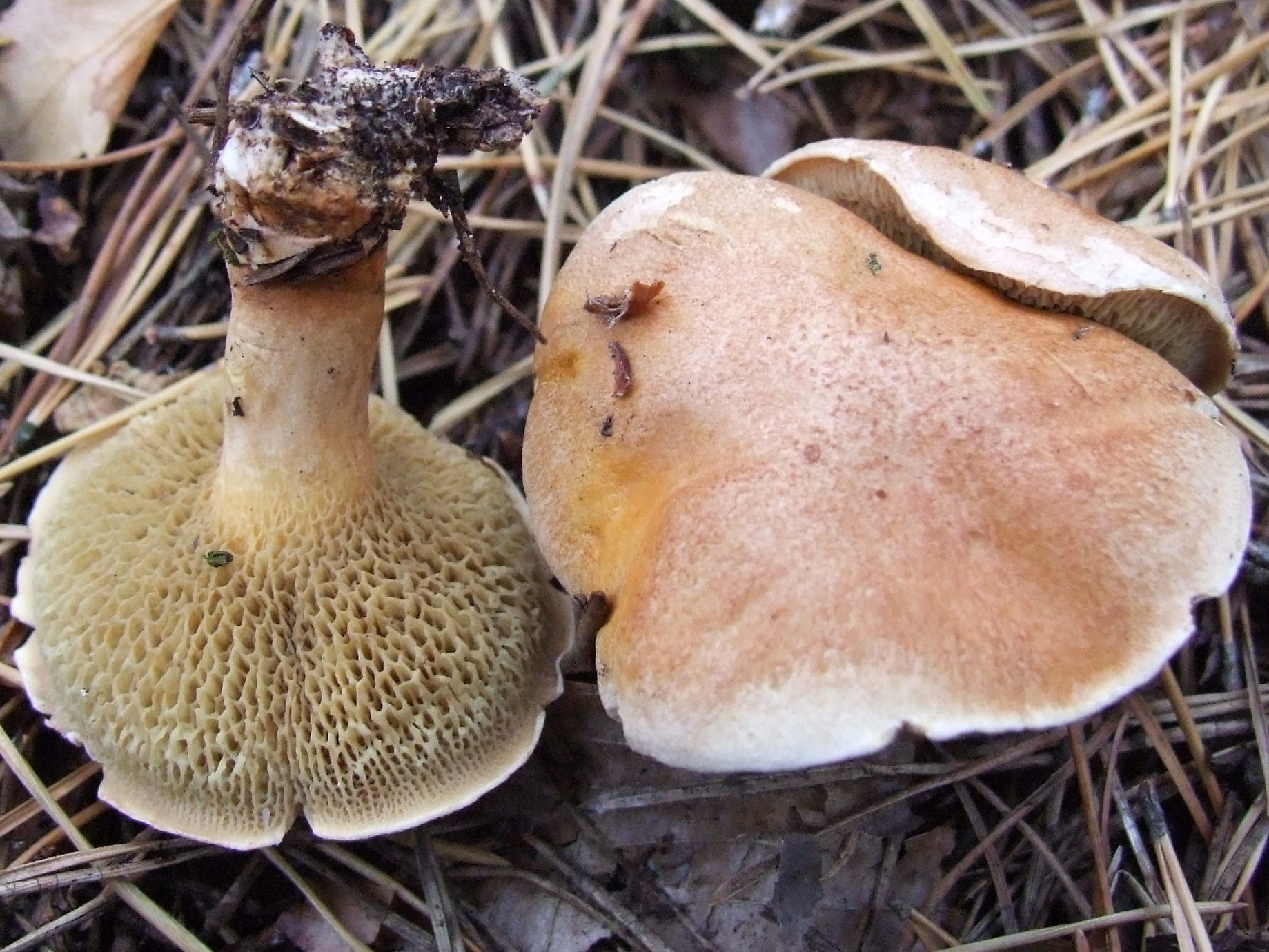
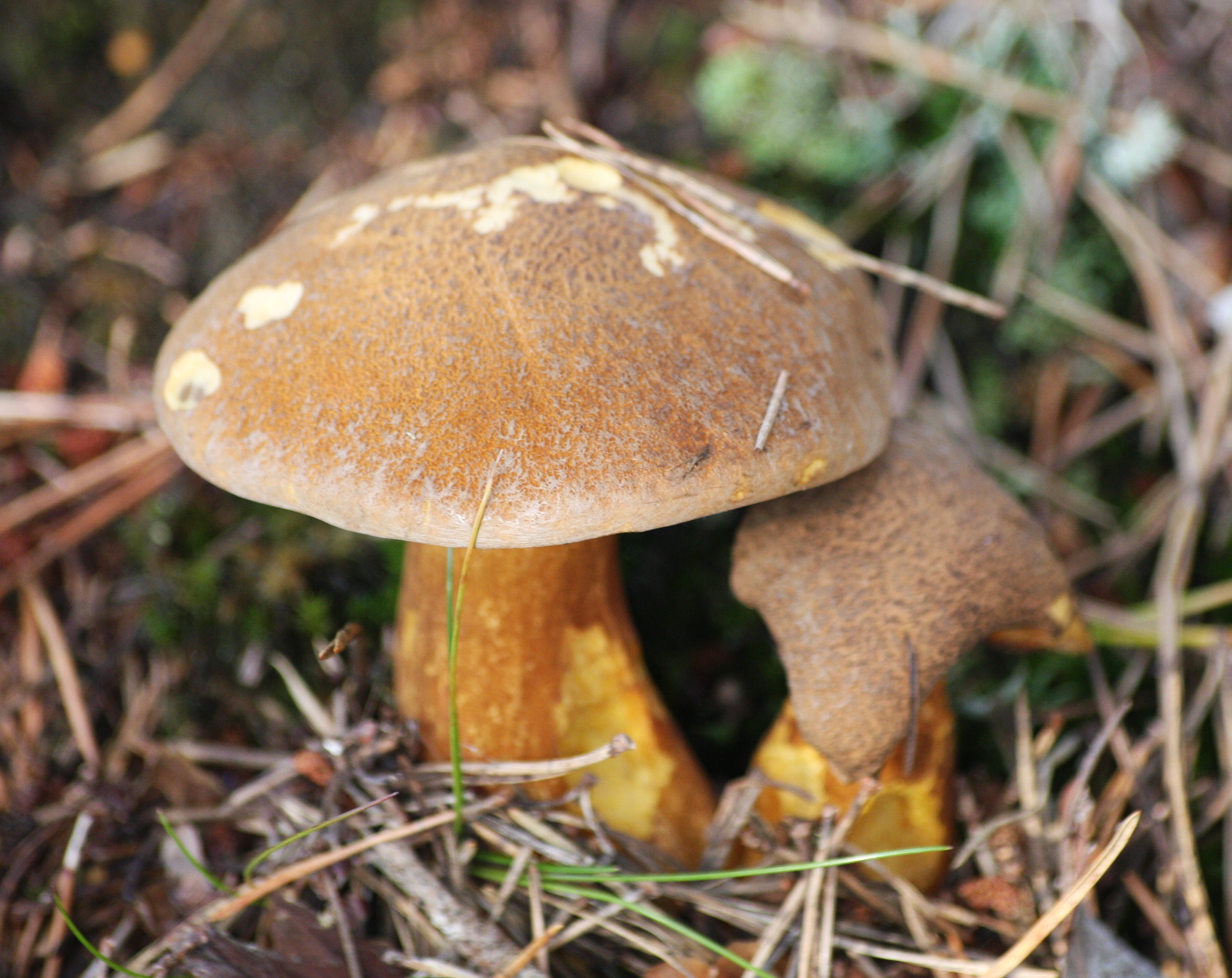

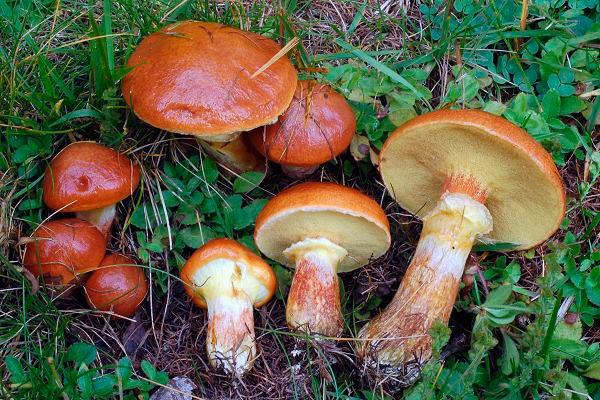
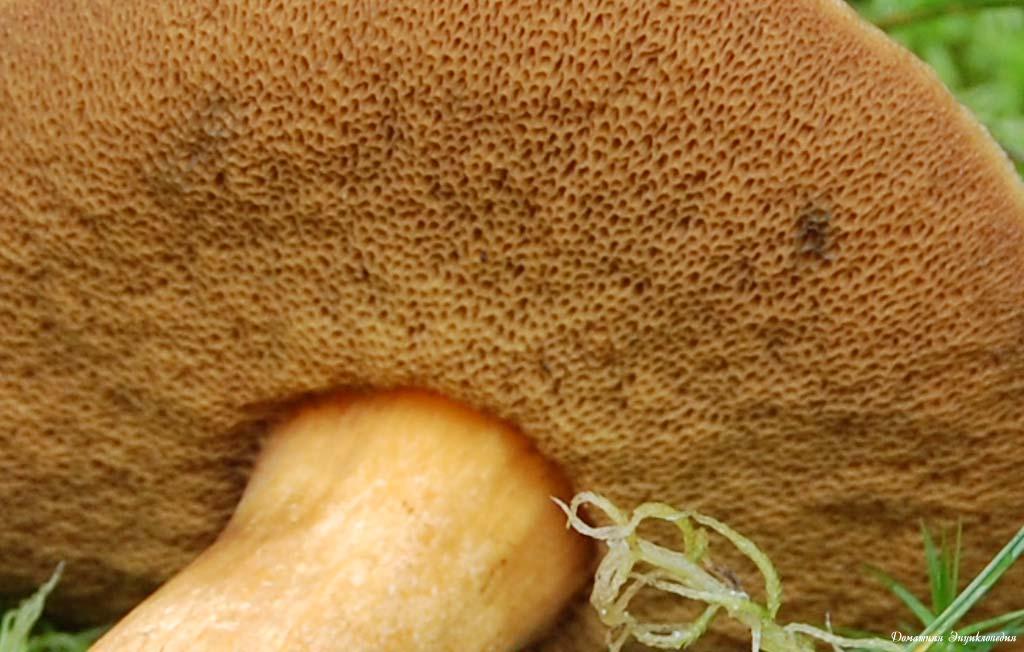
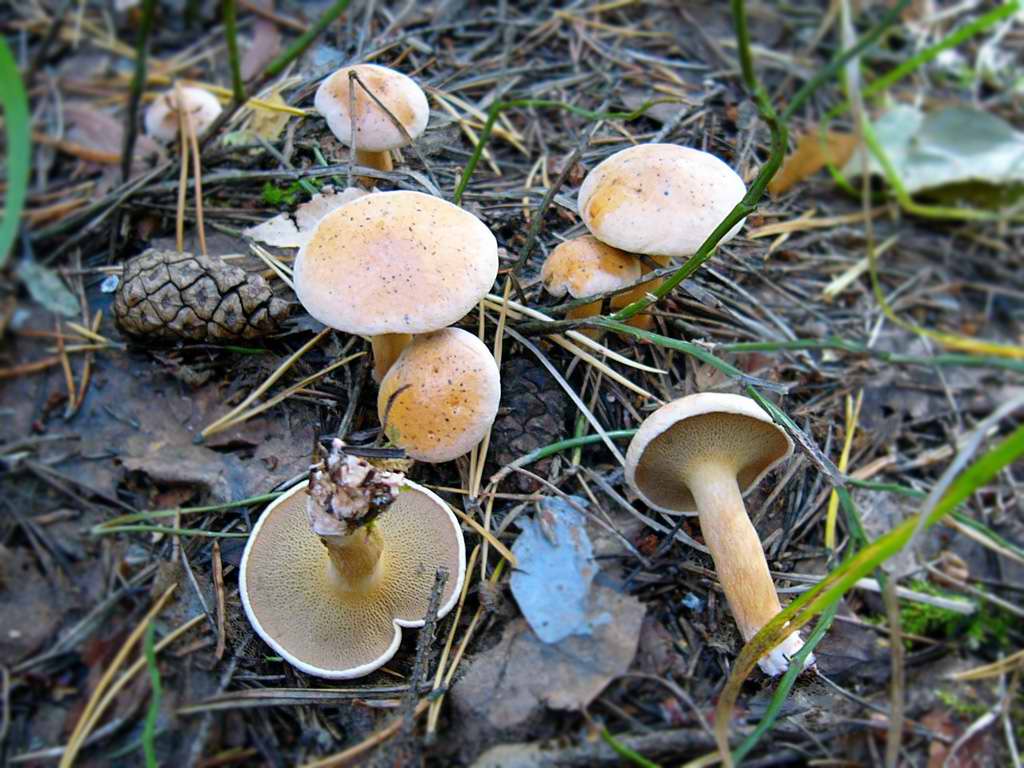



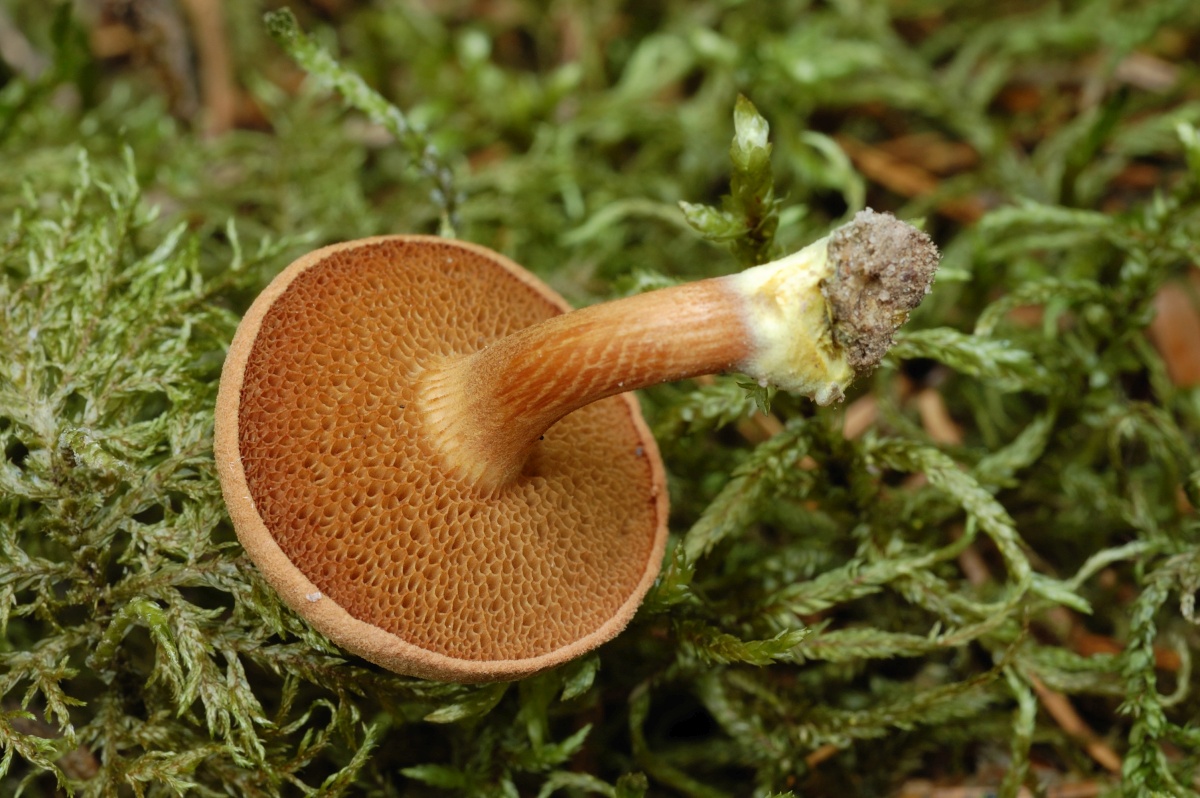
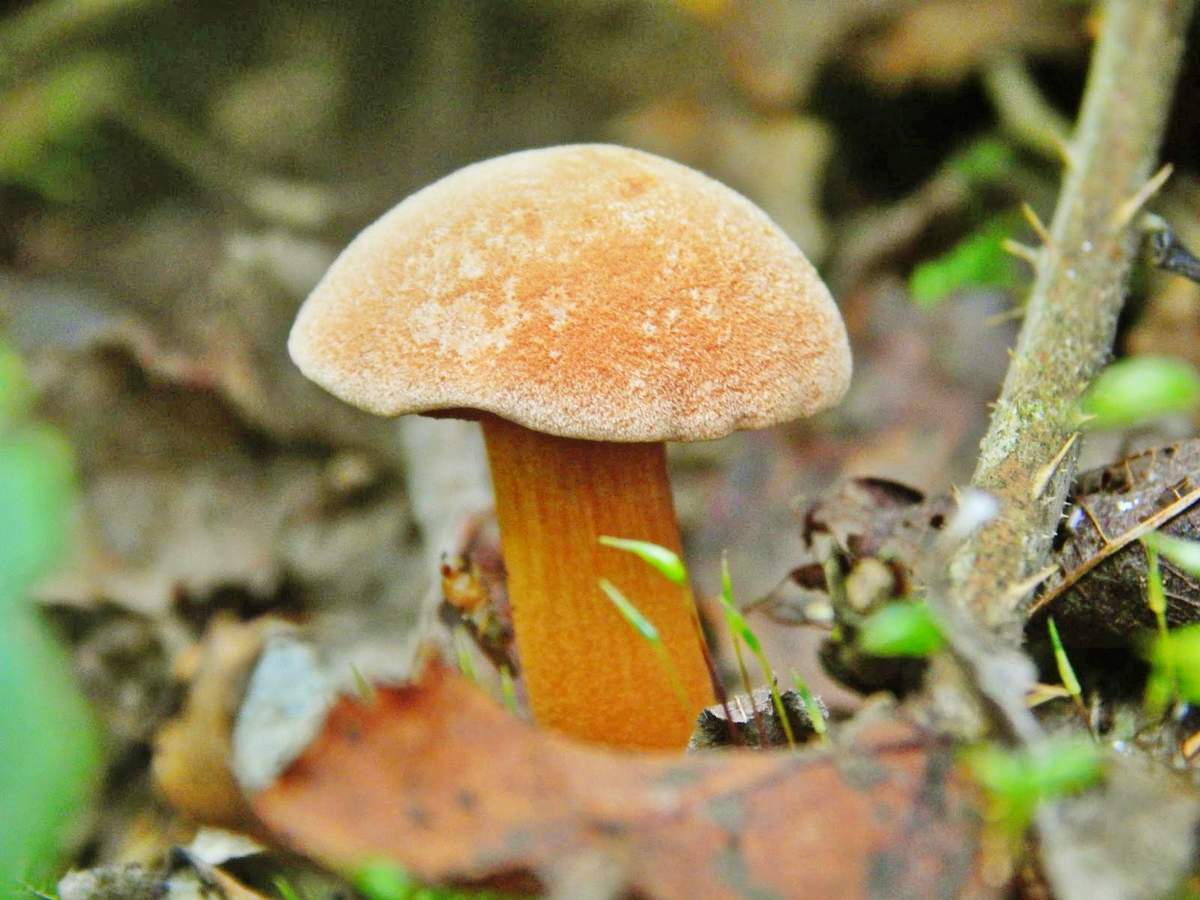
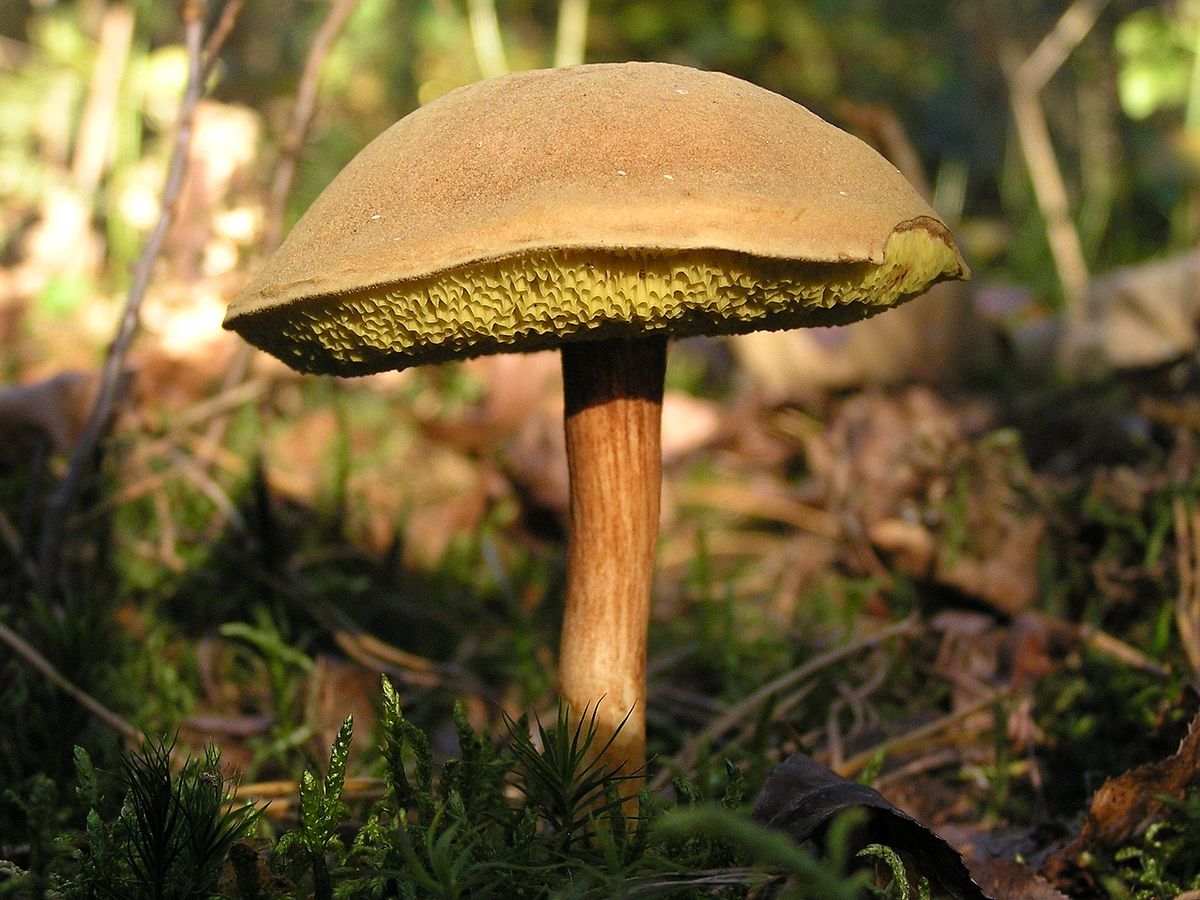
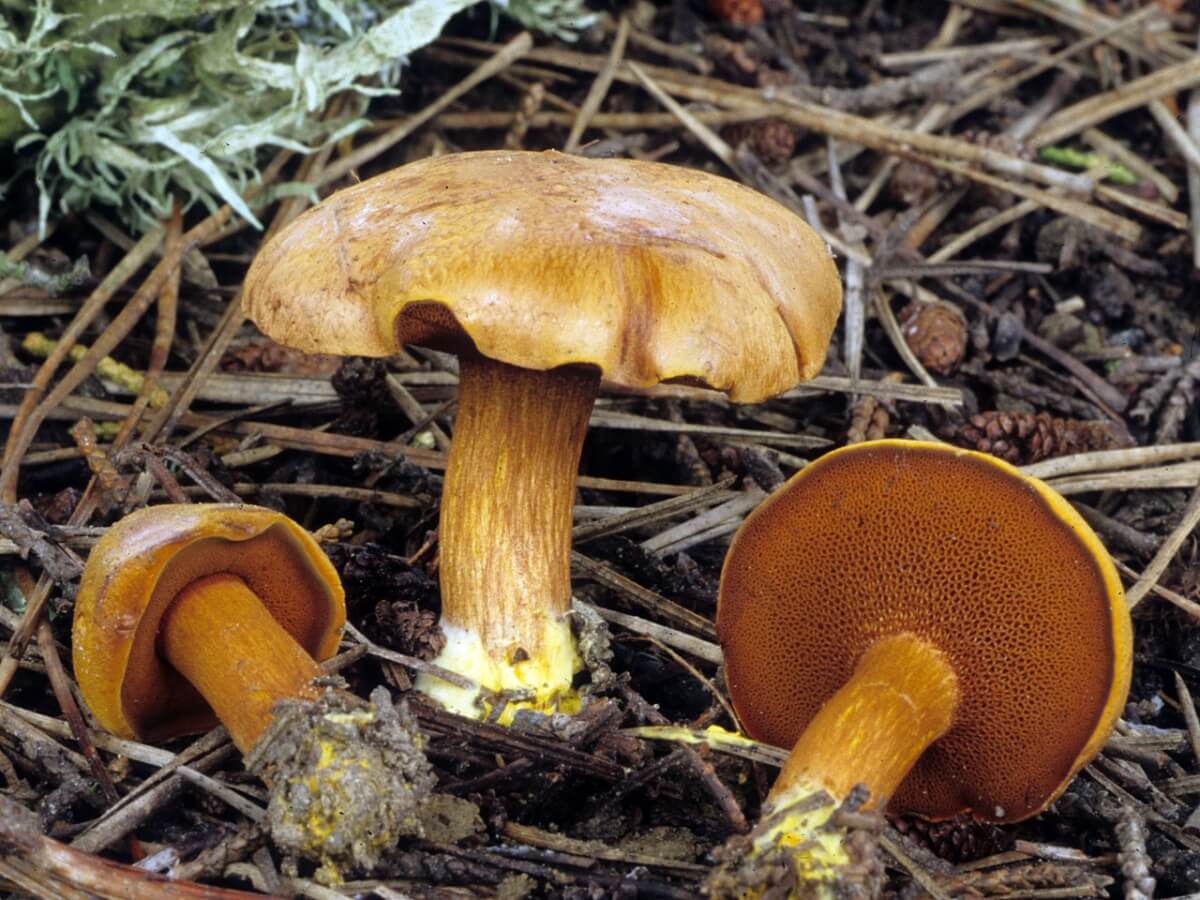
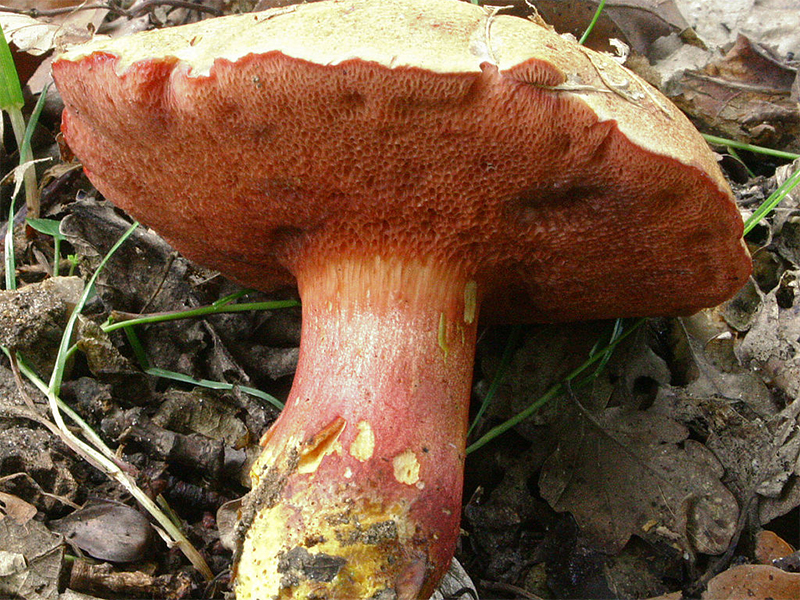
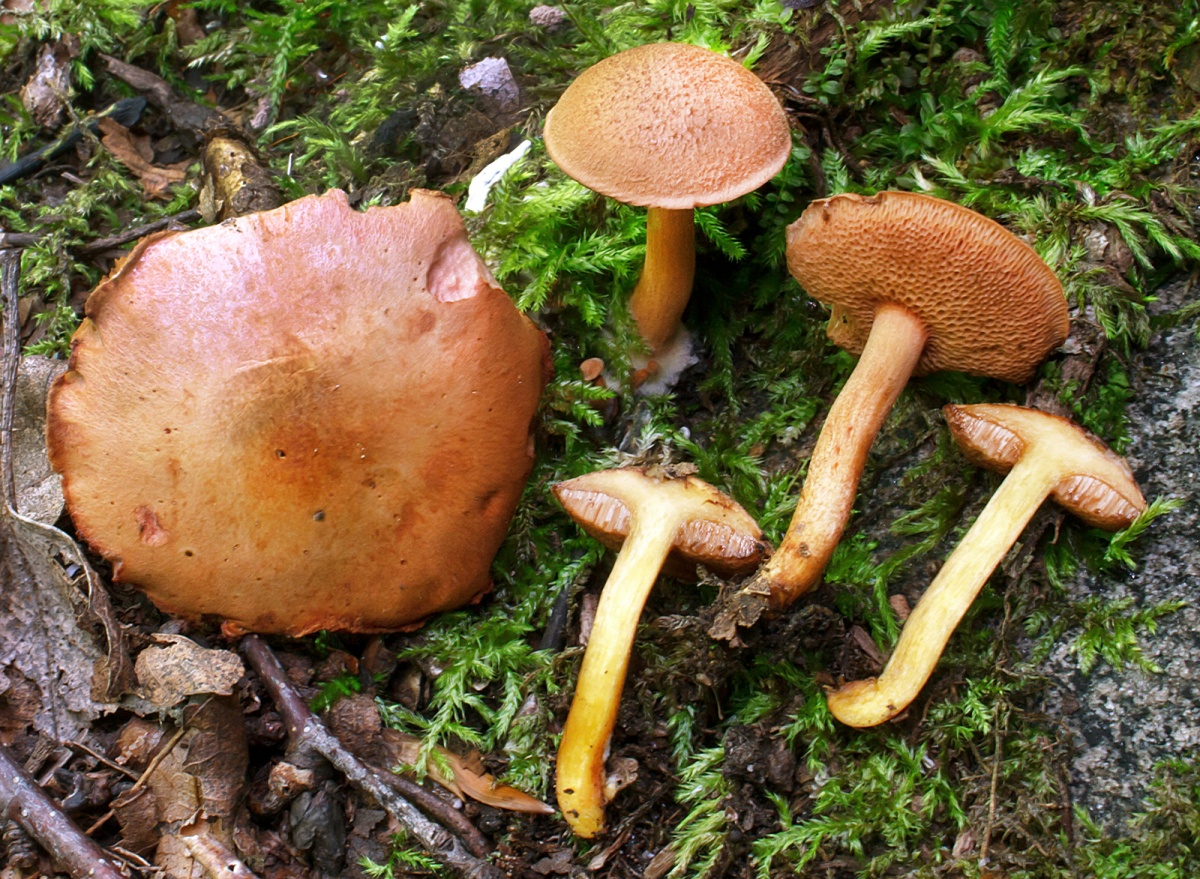
 Care and use of Kombucha at home (+22 photo)
Care and use of Kombucha at home (+22 photo) Edibility of the fungus of the motley umbrella and its description (+19 photo)
Edibility of the fungus of the motley umbrella and its description (+19 photo) Description of edible and inedible oils, their poisonous counterparts (+40 photos)
Description of edible and inedible oils, their poisonous counterparts (+40 photos) Useful properties of milk mushroom and its contraindications (+17 photos)
Useful properties of milk mushroom and its contraindications (+17 photos)
Alexey
Good mushrooms, we call them sitaki. Very few worms are found.